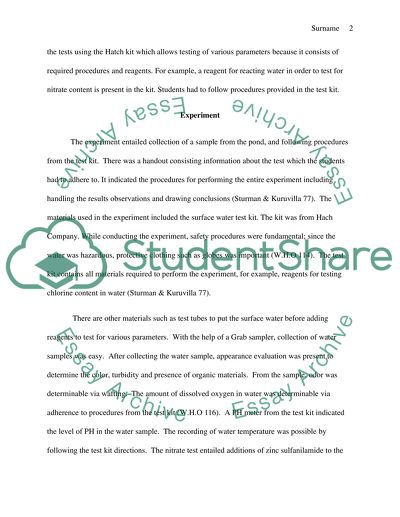Cite this document
(“Water quality method for chemistry lab Report Example | Topics and Well Written Essays - 1000 words”, n.d.)
Retrieved from https://studentshare.org/miscellaneous/1597397-water-quality-test-for-chemistry-lab
Retrieved from https://studentshare.org/miscellaneous/1597397-water-quality-test-for-chemistry-lab
(Water Quality Method for Chemistry Lab Report Example | Topics and Well Written Essays - 1000 Words)
https://studentshare.org/miscellaneous/1597397-water-quality-test-for-chemistry-lab.
https://studentshare.org/miscellaneous/1597397-water-quality-test-for-chemistry-lab.
“Water Quality Method for Chemistry Lab Report Example | Topics and Well Written Essays - 1000 Words”, n.d. https://studentshare.org/miscellaneous/1597397-water-quality-test-for-chemistry-lab.


